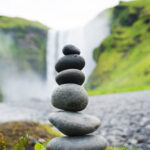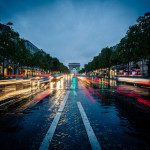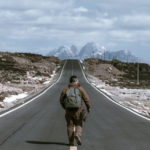Simply put, shutter speed (aka exposure speed/time) is one of three key components in determining the outcome of your photography. As with the other exposure variables ISO and aperture, shutter speed helps determine the amount of information your camera will ‘see’. To help prevent your photographs from becoming giant blurs of color, Techquickie explains the significance of shutter speed and how to utilize its effects in your photography:
Shutter speed is measured in fractions of a second. For most everyday photography options, you will use a range from 1/60 to 1/250 of a second. However, high end camera options can reach 1/4000 or 1/8000, while specialized cameras have been known to achieve as quick as 1/16,000 of a second.
Since shutter speed directly affects what your camera sees, identical photos taken using significantly different exposure speeds create drastically different results. Images taken with a faster exposure allow the shutter to open and close quickly, making it hard to see any movements, creating clean and clear images.
Images taken at slower shutter speeds capture even the slightest movement. Any object that moves within the frame will create a blur or haze within the photo.

Longer exposures provide better detail for stationary objects, while moving objects appear as blurs or streaks.
Although a slower shutter speed can cause an unattractive blur, it can also create some really cool effects you won’t find anywhere else. For instance, using a slow shutter speed for landscape photography in a city can capture cars as red blurs from their tail lights or star paths can be captured by keeping a single shutter frame open for hours at a time. Use your shutter speed within your artistic vision.

Using longer shutter speeds can create star trails depicting the exact star paths.
Just remember, it doesn’t matter what exposure speed you choose. The overall effects of your image are determined by more than just the shutter speed. When working with longer exposures:
- Use a stable tripod to control your camera stability to keep your images crisp and sharp.
- Always adjust your ISO and aperture to compensate for any experimenting with your shutter speeds.
Like This Article?
Don't Miss The Next One!
Join over 100,000 photographers of all experience levels who receive our free photography tips and articles to stay current:






Leave a Reply